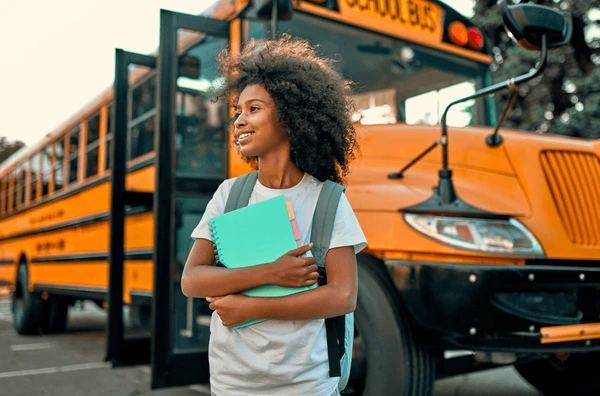Education and journalism are two powerful forces that shape our understanding of the world. The relationship between the classroom and the headlines is intricate, with each influencing the other in significant ways. In this exploration, we’ll dive into how education impacts the news landscape and how current events, in turn, shape educational discourse.
The Role of Education in Journalism

Education plays a crucial role in preparing future journalists. Many aspiring reporters start their journey in the classroom, where they learn the fundamentals of writing, research, and ethical reporting. Journalism programs teach students how to analyze information critically, ask the right questions, and present stories that matter.
In recent years, there has been a growing emphasis on media literacy within educational curricula. As misinformation and “fake news” proliferate, educators recognize the need to equip students with the skills to discern credible sources from unreliable ones. This focus on media literacy not only shapes future journalists but also empowers students as informed consumers of news.
Moreover, educational institutions often serve as incubators for critical discussions about current events. Students engage in debates, projects, and research that reflect the pressing issues of the day, from climate change to social justice. These conversations can lead to student-led initiatives that capture media attention, highlighting the vital connection between education and the inca berita.
Current Events as a Teaching Tool
On the flip side, the news significantly influences education. Current events provide real-world context for lessons, making learning more relevant and engaging. For example, when major political events occur, teachers can use them to discuss civic responsibility, governance, and the impact of policy decisions on society.
During times of crisis, such as natural disasters or public health emergencies, educators often adapt their curricula to address these topics. The COVID-19 pandemic, for instance, prompted many schools to incorporate lessons on public health, science, and the importance of community resilience. This responsiveness helps students understand the world around them and fosters critical thinking about complex issues.
Furthermore, news stories can inspire projects and research topics. A report on environmental issues might lead students to investigate local wildlife, while coverage of social movements can spark discussions about activism and change. In this way, the headlines become a springboard for deeper exploration and learning.
The Impact of Student Voices
As education evolves, so too does the role of student voices in shaping the news. With the rise of social media, students are increasingly using platforms to express their opinions and share their experiences. This shift has given rise to youth-led movements that challenge the status quo and demand change.
For instance, movements like March for Our Lives and climate strikes initiated by young activists have garnered significant media coverage. These stories not only highlight the concerns of younger generations but also influence educational discussions around activism, civic engagement, and the power of collective action.
Schools are beginning to recognize the importance of amplifying student voices in the news. By encouraging students to write articles, create podcasts, or produce videos, educators empower them to share their perspectives and contribute to the broader conversation. This engagement fosters a sense of agency and responsibility, preparing students to be informed citizens who actively participate in democracy.
Challenges and Opportunities
Despite the strong connection between education and the news, challenges remain. The rise of misinformation poses a significant threat to both fields. Educators must navigate a landscape where students are bombarded with conflicting information, making it essential to teach critical thinking and fact-checking skills.
Additionally, the media’s portrayal of education knowledge can sometimes be misleading. Coverage of school issues may focus on negative aspects, such as budget cuts or controversies, rather than highlighting the positive impact of educators and the innovative practices happening in classrooms. This can perpetuate stereotypes and undermine public trust in education.
However, these challenges also present opportunities for collaboration. Journalists can work with educators to tell more nuanced stories about schools and the positive changes occurring within them. By highlighting successful initiatives, innovative teaching methods, and student achievements, the media can help shift the narrative around education.
Conclusion: A Symbiotic Relationship
The relationship between education and journalism is symbiotic, with each influencing the other in profound ways. Education shapes the news by preparing future journalists and fostering critical discussions about current events. In turn, the news informs education by providing context for lessons and inspiring student engagement.
As we move forward, it’s essential to recognize the importance of this connection. By promoting media literacy, amplifying student voices, and collaborating to tell more comprehensive stories, we can strengthen both education and journalism. Together, they can empower individuals to navigate the complexities of the world and contribute to a more informed society.
Read Also About Principal Professional A school principal is much more than an administrator—they are the driving force behind a school’s success, responsible for fostering a positive learning environment


